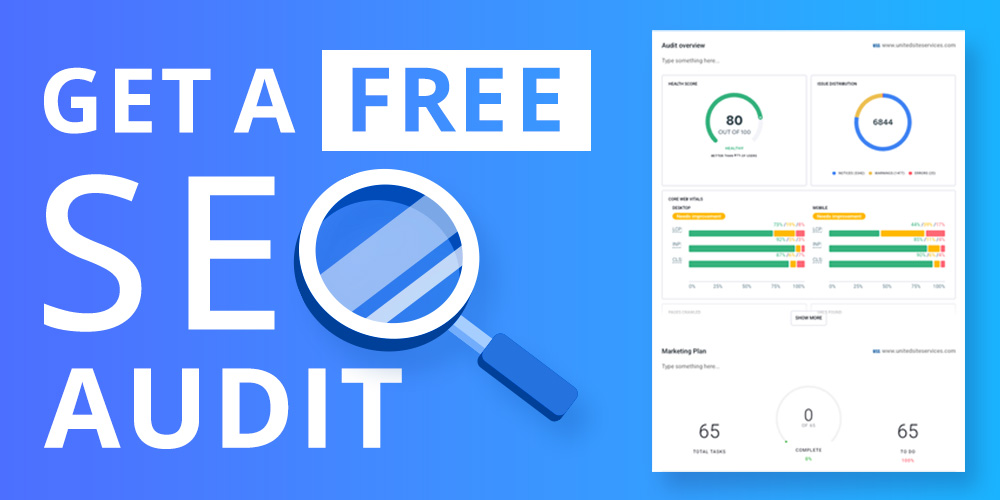


One of the most coveted places to be is on the Google ten pack. This listing puts your listing on page one of the listings above the rest. You can achieve this outside of your Google ranking because, without a website, businesses can rank using Google Maps.
Industry categories and proximity used to be a couple of the things that determined how listings showed up in the top ten. Today, we’re noticing Google is looking a bit deeper. Now that Google Maps is becoming more crowded with information, less attention is being paid to what you list, and more attention is being paid to what others are posting.
1: Verify everything: ensure all information in your listing is correct. Google discredits listings with two phone numbers or locations for one business. So, make individual listings for each.
2: Increase inbound links and citations: Google looks for information listed from well-known and trusted data providers. They do not depend on information supplied by businesses anymore and what to know which major data suppliers they are using.
3: Bring in reviews: this is no longer an option, but a requirement that can be both good and bad for businesses because no one has control over what others say. Contact your favorite customers and request positive reviews. Never write fake reviews. High volumes of positive reviews help businesses achieve more top rankings on Google Maps.
4: Choose category associations correctly: utilize all five of the category listings offered by Google. You can create your own if your industry is not listed. Ensure you are choosing a primary category that best suits your business. Each group that follows should keywords that are associated with your business.
5: Address should be listed in full: the contact page should be correct and always up to date. Those who have an alternate image website should keep the location address updated with the settings. Google checks for consistency between your website contact page and Google Maps.
6: Quality of inbound links should be increased: this happens in conjunction with information submission to trusted data providers. Google’s “trust” will increase when more links from higher ranking sites link to yours.
7: Inbound links should be anchored to location keywords: ensure that all high-quality links coming inbound are relating to location specific keywords. Avoid using “click here” words, but instead implement keywords geared to your website.
8: Use keywords in listing’s description: keywords should be implemented in your Google Maps Description despite the character limit. Formulate your writing to avoid fluff and include words specific to your business.
Use of 1-800 numbers: Google looks for local area codes that will match addresses.
Contact pages with multiple addresses create individual listings for each address.
Negative reviews or ratings from customers: these can’t be removed, but they can be buried with other good ratings and reviews.
Numerous listings under the same name: identify multiple listings with a location name attached to avoid confusing Google.

"*" indicates required fields

"*" indicates required fields

"*" indicates required fields
You must be logged in to post a comment.